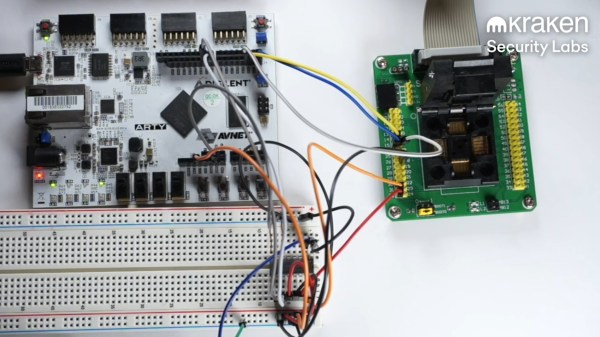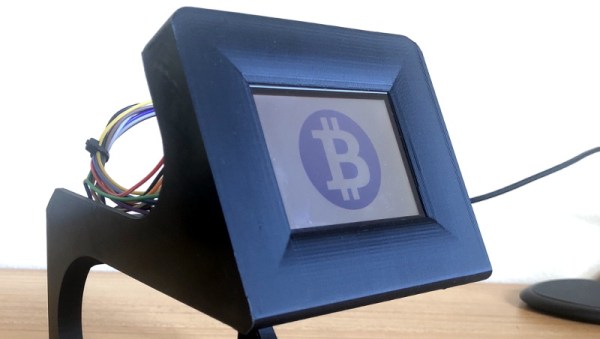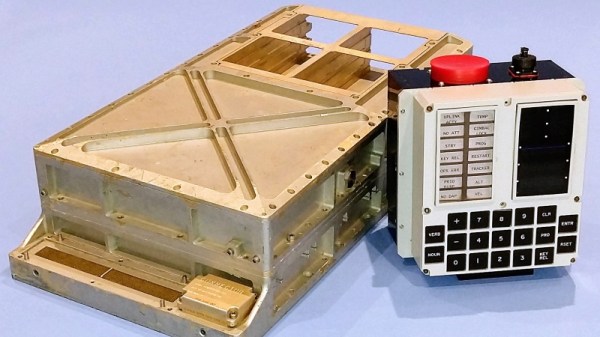In case you thought that we learned everything we need to know to land on the Moon fifty years ago, think again. NASA still has a lot of questions, and has scheduled the first of many commercial missions designed to fill in the blanks. As part of the Artemis program, which aims to land the first women and the next men on the Moon by 2024, NASA’s Commercial Lunar Payload Service (CLPS) will send 16 science payloads to the Moon via two separate commercial flights. The two companies, Astrobotics and Intuitive Machines, will send landers to the Moon in 2021 using a ULA Vulcan Centaur and a SpaceX Falcon 9, respectively. Fourteen companies were selected for CLPS, and with much to learn (or relearn) about landing and working on the Moon, watch for many more flights in the years to come. We’re all for the commercialization of space, but we have to admit that things were easier to keep track of when space exploration was a little more monolithic.
It looks like millions of BlackBerry phone users will have to find something else to do with their thumbs now that TCL is getting out of the BlackBerry business. The Chinese company announced this week that they would no longer have the rights to manufacture BlackBerry-branded phones like the Key2 as of August 31, 2020. Crackberry addicts were understandably upset, but all may not be lost for those who can’t stand the virtual keyboards on most other smartphones, as there’s still a chance another manufacturer will step in to fill the void.
Hypothetical situation: You’re in need of a car, so you go to a used car dealer. You see a nice car, take it for a test drive, and decide to buy it. Money is exchanged, paperwork done, and the salesman hands you the keys. You go out to the lot to drive your new ride home only to find out that the mechanic has removed the tires. When you ask what the deal is, the salesman says, “Sorry, you didn’t buy a license for the tires.” Hypothetical perhaps, but not far off from what happened to one Tesla Model S buyer when an over-the-air update disabled the Enhanced Autopilot and Full Self-Driving features he paid for. Tesla didn’t see it that way, though, claiming that he’d need to pony up to use the new features, which originally sold for $8,000. It raises interesting questions about how the secondary automotive market will respond to the increasingly complicated relationship between hardware and software, and what you’re actually paying for when you buy a car.
Back in the early days of Bitcoin, skeptics used to dismiss the cryptocurrency by saying, “When you can pay your taxes with it, then it’s real money.” Well, that day is apparently here for the municipality of Zermatt in Switzerland, where it was announced that Bitcoin will be accepted as payment for local taxes and other official fees. The Zermatt city hall has installed a Bitcoin point-of-sale terminal, or payments can be made directly from a Bitcoin wallet after filling out the proper paperwork. Bitcoin as legal tender for public debts is not exactly new; Ohio was doing it back as far as 2018. But we find the economic implications of this interesting — as our resident econometrician [Elliot Williams] pointed out, paying taxes in anything but the national currency was considered preposterous not that long ago.





















